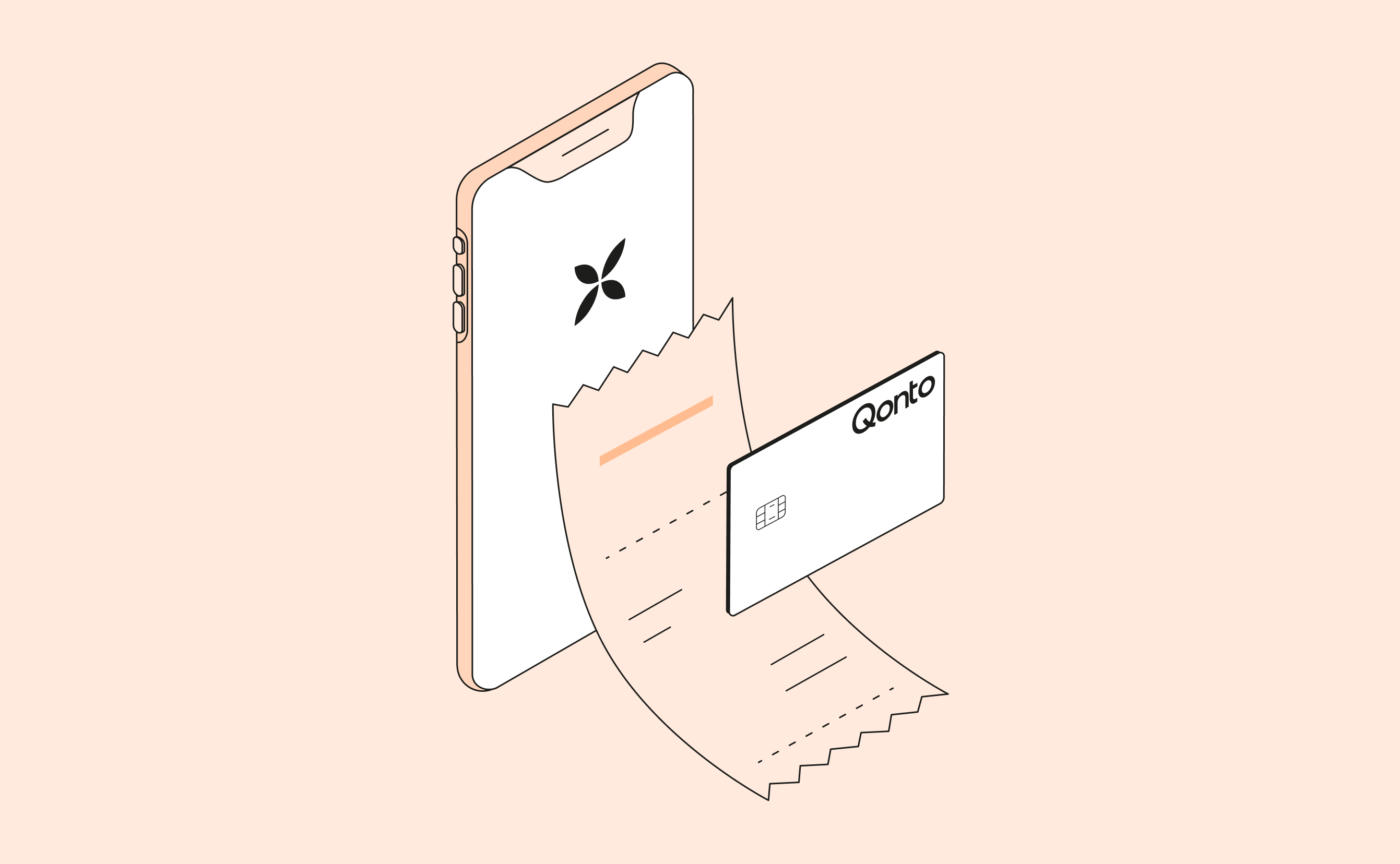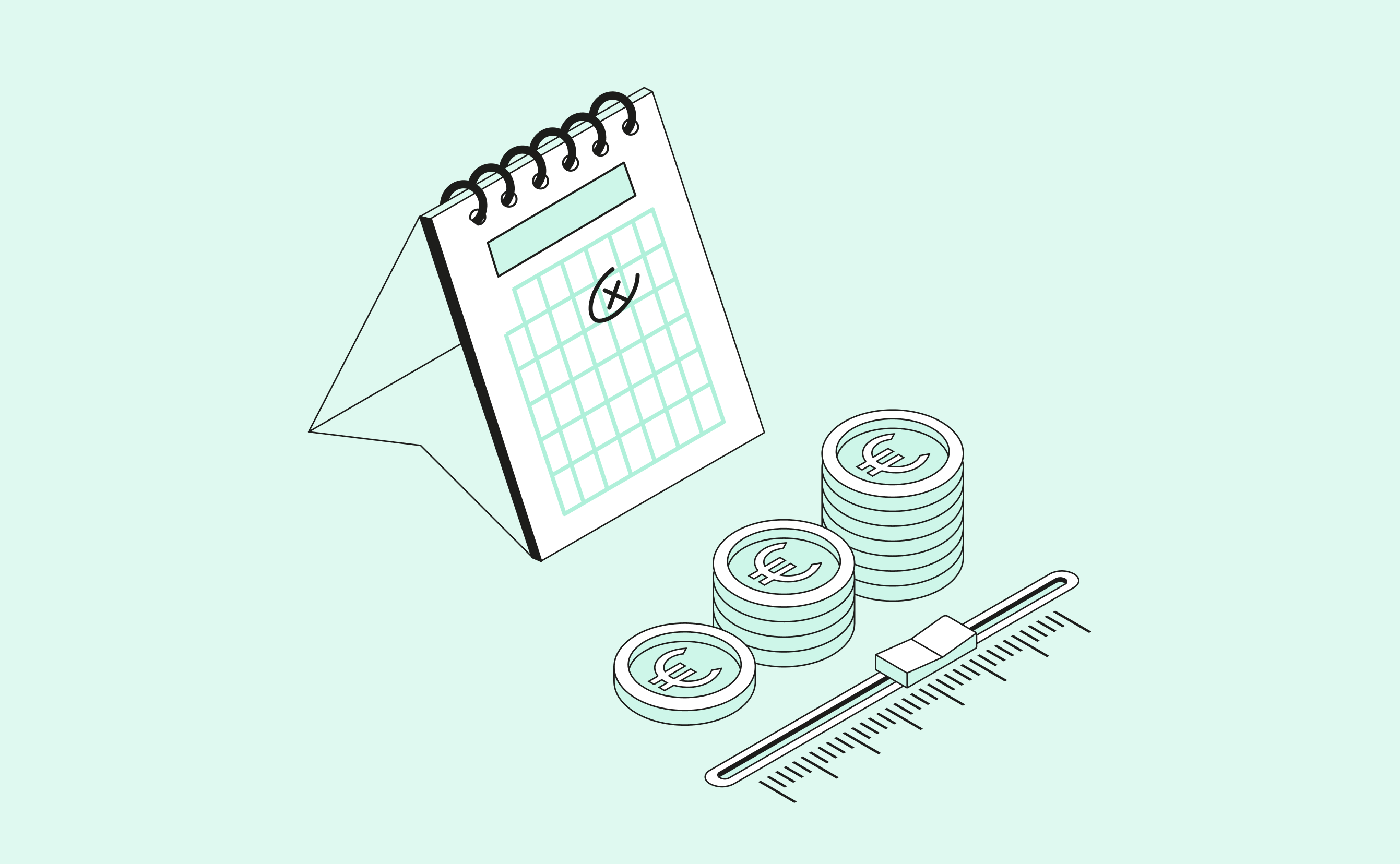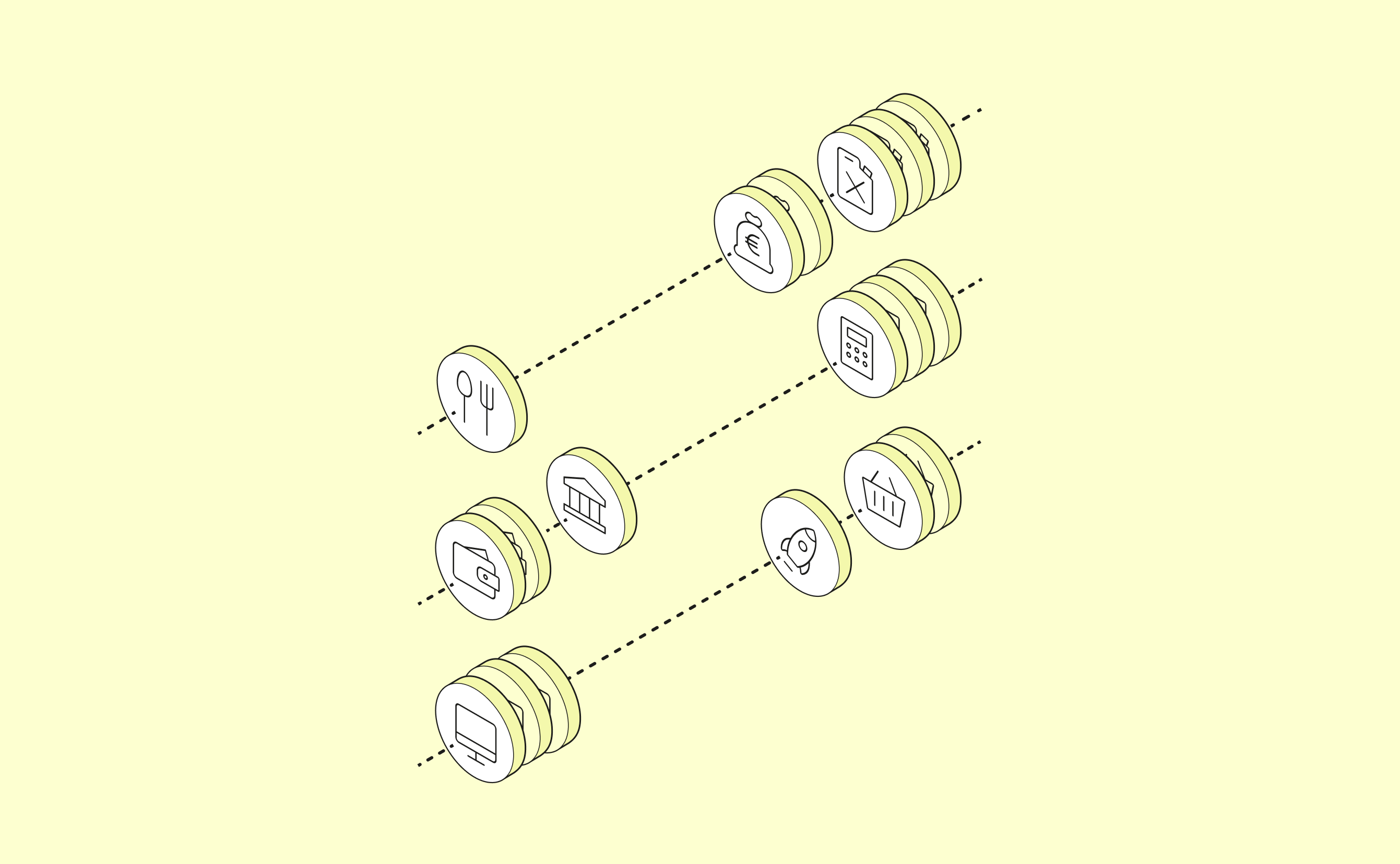An important tool for financial analysis of your business, the balance sheet is one among many things to master as a small business owner. Being able to do so will give you a clearer picture of your business’s financial situation and enable you to make better financial decisions in the future.
How to prepare a balance sheet in 5 steps

What is a balance sheet?
A balance sheet is a report of your company’s financial situation. It assists with financial planning in the coming months and allows you to check the value of your shares at the time. Along with the income statement and cash flow statement, it is one of the three essential financial statements every business owner needs to generate in order to fully understand the current situation of their business. Think of each statement like walls in a home—you wouldn’t call the house complete if a wall was still missing.
What’s the purpose of a balance sheet?
By providing for yourself a picture of your financial situation, you can make financial decisions with more clarity and confidence. For instance, if you wish to make a short-term purchase on some office supplies, you will want to make sure first that your company’s assets exceed its liabilities.
The three aspects of a balance sheet
Your balance sheet will be comprised of three aspects: assets, liabilities, and shareholders equity. It is the balance between these three things that makes up a balanced balance sheet.
Assets
Any resource with economic value, your assets are what your company owns. They can be sold, held while they appreciate in value, or taken during liquidation or insolvency. Assets are generally intended to generate cash flow later on, should nothing happen to your business that would get in the way of this.
- Real estate
- Cash
- Inventory
- Investments
On your balance sheet, the value of your assets now and in the future will be compared against the two remaining aspects of a typical balance sheet.
Liability
Your liabilities offset your assets. They are anything your company owes, instead of owns. Letting your liabilities outweigh the value of your equity and assets will cause your company to lose its financial stability.
- Interest on loans taken out
- Rent and utilities
- Debt
- Deferred tax payments
Shareholders’ equity
Your company’s shareholder equity determines its net worth. It is the accumulated value of the shareholders, including you and anyone else who owns stock in your company. If you run a sole proprietorship, your shareholder’s equity is referred to as ‘owner’s equity’ because you are the sole owner of its shares. Shareholders’ equity is calculated after accounting for assets and liabilities.
Banking, taxes, and accounting in just one tool? No problem with Qonto.
Does a balance sheet always balance?
The whole point of a balance sheet is to balance. Your company’s assets will equal its liabilities when they are added to any issued shareholder’s equity. If you end up with an unbalanced sheet, it could be due to one of these mistakes:
- Data that is incomplete or placed incorrectly
- Transactions entered incorrectly
- Currency exchange rate mistakes
- Inventory miscalculations
- Equity miscalculations
- Loan and depreciation miscalculations
Prepare your balance sheet in 5 steps
With the definitions out of the way, it’s time to put together your balance sheet. These five steps will take you through the crucial steps towards creating an accurate balance sheet and a useful picture of your company’s financial situation at that time.
1. Determine reporting date and period
Because your balance sheet is designed to determine your financial situation at a specific date, the first thing you need to do is determine the reporting date and period of time.
- Q1: March 31
- Q2: June 30
- Q3: September 30
- Q4: December 31
2. Identify assets
Having decided on your reporting date and period, it’s time to count your assets up to and including that date. List your assets in two separate categories: individual items and total assets. This will assist analysts in making sense of your balance sheet by helping them clarify what your assets are and where they’ve come from. Your individual assets will be split into two categories: Current and non-current assets.
Current assets:
Current assets:
- Cash
- Short-term securities
- Accounts receivable
- Inventory
- Any other current assets
Non-current assets:
Non-current assets:
- Long-term securities
- Goodwill
- Intangible assets
- Other non-current assets
3. Identify liabilities
You will also split your liabilities into two similar categories, which are Current Liabilities and Non-Current Liabilities.
Current Liabilities:
Current Liabilities:
- Accounts payable
- Expenses accrued
- Deferred revenue
- Current portion of long-term debt
- Other current liabilities
Non-Current Liabilities:
Non-Current Liabilities:
- Deferred revenue
- Long-term lease obligations
- Long-term debt
- Other non-current liabilities
Calculating shareholder’s equity is easiest for sole enterprises, because you as the owner would only need to count your own. The same is true if your equity is privately held, because it will likely be only a few investors. Things can get slightly more complicated if you have publicly held shareholders’ equity.
- Common stock
- Preferred stock
- Treasury stock
- Retained earnings
5. Add total liabilities to shareholder’s equity, then compare to assets
Ensuring the sheet is balanced means comparing the total assets with the combined total of liabilities and shareholder’s equity. What you are doing is determining the value of your assets against the things which could potentially detract value from your company’s worth.
Laid out in these five steps is how to prepare a balance sheet that will provide an accurate picture of your business’s financial situation. The most important thing with many of these financial assessments is to take them step by step, rather than panicking at the overwhelming amount of work ahead of you.
- A balance sheet provides a picture of your company’s financial situation at a point in time
- The balance sheet is one of three crucial financial assessments every business owner must do for their own company
- Balance sheets are made up of assets, liabilities, and shareholders’ equity
- Your assets are what your company ows, your liabilities are what you owe, and your shareholders equity determines your company’s net worth
- First decide when the period and reporting date of your balance sheet analysis
- Identify your company’s assets
- Identify your company’s liabilities
- Calculate your shareholder’s equity, which is easiest if you are a sole proprietor or have only privately sold shares
- Finish your balance sheet by adding together liabilities and assets, then comparing them to the remaining shareholders’ equity





